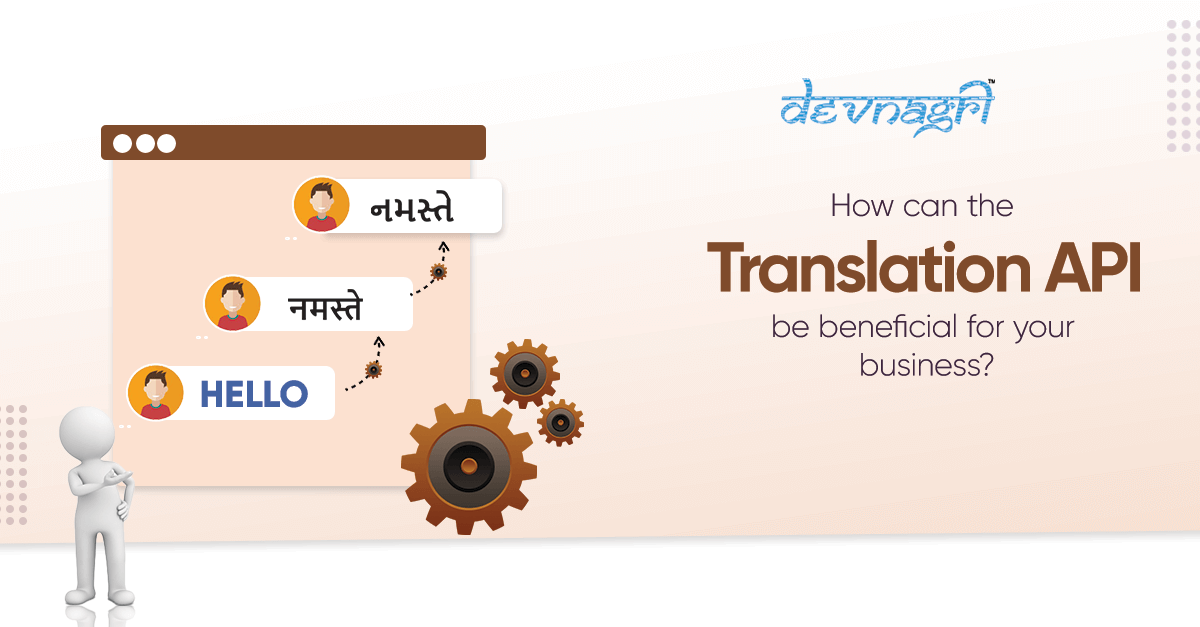
One of the barriers to reaching globalization’s full potential is the language barrier. Programmers and developers have engaged themselves in research, producing software that allows for the translation of words, voice notes, and web pages into several languages. The translation API is one example of such software.
A translation application programming interface (API) is a solution that enables subscribers to include word translation capability in their websites or client apps. This is a simple programming interface designed to recognize and translate text from one language to another.
Also Read: How ott platforms in India taking a new place in the world of cinema?
How does a translation API work?
Translate APIs use artificial intelligence (AI) and machine learning (ML) to dynamically translate language combinations. APIs allow access to translation data resources, which developers get using the GET request technique.
APIs that translate are also useful for organizations who want visitors to their website or application end users to be able to translate content into another language. APIs for translation assist businesses that produce language-learning programs as well.
Also Read: Harnessing the Power of Website Translation for Global Expansion
Why is a translation API necessary?
APIs for translating text are critical tools for speeding up the process of translating text on websites and in applications. Businesses can promote to both new and current clients more effectively. When consumers can learn about products and solutions in their own language, it opens up additional chances for purchasing.
Many APIs handle hundreds of languages, and billions of words, and can recognize the user’s input language automatically. As a result, developers and businesses that serve worldwide audiences benefit from the ease of integrating APIs that translate.
Also Read: Devnagri’s AI-Powered Translation Engine is Bridging the Digital Language Barrier on the Internet
How Can a Translator API Benefit Your Business?
Am API is a tool that allows businesses to integrate a software interface for machine and human text translation into their product. Such integration will aid in translating website and app content, as well as incoming consumer messages, in seconds. Customer solution representatives will be able to offer a proper and understandable response in the consumer’s language.
To assist your support staff in producing a meaningful response quickly, a language translation API employs machine translation to handle messages from clients in over 5,900 language pairs and human translation in over 110 language pairs. Companies can save money by not hiring multilingual support employees when a single support representative can efficiently close issues in multiple languages.
From the perspective of software development, the rapid and seamless integration of a translation API saves a significant amount of time that would otherwise be spent establishing such a platform from the ground up.
With hundreds of translation systems on the market today, businesses may find it challenging to select the best language translator API. A translation API should be considered by every firm that wishes to add multilingual capabilities to their product or provide a more cost-effective customer support solution.
Also Read: What would happen if there would be no finance translation?
Conclusion
Choosing the best translation API for your needs is determined by a number of requirements, including the languages you need to translate and the apps you’ll be working with. Through flexible customization, a feature-rich interface, and simple connection, it helps company owners and enterprises to optimise their internal localization and external translation operations.





